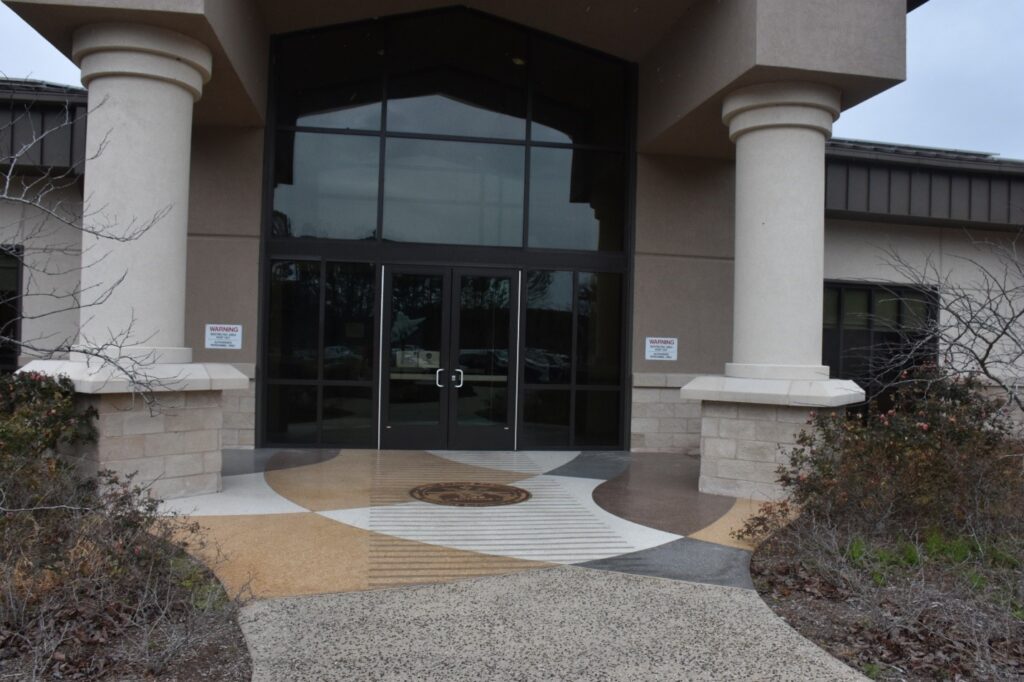As an experienced safety consultant, I’m called on to investigate a wide range of premises liability incidents. In any slip and fall investigation it is important to assess the type of walking surface material involved and its corresponding slip resistance.
Slip resistance is a critical factor to consider when choosing the right flooring material for any space. It’s especially important in areas that are prone to moisture, spills, or other hazards that could make floors slippery and dangerous. A slip-resistant surface can help reduce the risk of slip and fall accidents and minimize the chance of injuries.
The slip resistance of different flooring materials can vary widely. Terrazzo, for example, is a composite material made from stone chips embedded in a cement or epoxy binder. It can be polished to a high shine, which makes it inherently slippery, and can be even more dangerous when wet. To make it less slippery, manufacturers may add anti-slip aggregates like silica or aluminum oxide to the surface during the polishing process. This can help to increase slip resistance, but it may also alter the appearance of the material.
Tile is a popular flooring material that comes in a wide range of styles and designs. Its slip resistance can depend on the manufacturing process and the type of finish applied. Some tiles have a smooth, polished surface that can be very slippery, while others have a textured or matte finish that provides more slip resistance. The coefficient of friction (COF) is a standard measure of slip resistance used to evaluate tile surfaces. A COF of 0.6 or higher is generally considered slip-resistant, while a COF of 0.4 or lower is slippery. Some tile manufacturers provide COF ratings for their products, which can help customers choose the most appropriate option.

Caution Sign at entry to restroom with tile flooring in the Atlanta Hartsfield airport. Wet floors are common in these restrooms that have high volume pedestrian traffic.
Carpet provides good slip resistance due to its texture and padding. The fibers of the carpet offer a rough surface that helps shoes grip and prevent slips. In addition, the padding beneath the carpet provides cushioning in the event of a fall. However, carpet can become slippery when wet or dirty. In areas prone to moisture or spills, it may be better to choose a hard-surface flooring material that offers better slip resistance.
Other types of flooring materials can also offer varying degrees of slip resistance. For example, vinyl flooring can be very slip-resistant if it has a textured surface, but smooth vinyl can be quite slippery. Natural stone, like granite or slate, can be slip-resistant if it has a honed or textured finish, but a polished surface can be very slippery. Concrete can be slip-resistant if it has a broom finish or is coated with an anti-slip sealer.
In conclusion, slip resistance is an important factor to consider when choosing the right flooring material for any space. Different materials offer varying degrees of slip resistance, and many factors, including surface finish, manufacturing process, and the presence of contaminants or moisture, can impact slip resistance. Choosing a slip-resistant flooring material and taking appropriate maintenance measures can help keep floors safe and prevent slip and fall accidents.
Steven Hunt, CPCU, ARM, CXLT is a Senior Safety Consultant at Warren. Steve, who specializes in premises liability incidents, construction falls and safety management programs, has achieved the designation of Associate Risk Management and Chartered Property and Liability Underwriter from Insurance Institute of America, Chicago, IL. and is a Certified Excel Tribometerist. Steve has investigated more than 1,000 accidents in his more than 45 -year career, including 49 cases involving fatalities. He holds a Bachelor of Science in Administrative Management with a Minor in Occupational Safety and Health from Clemson University.




